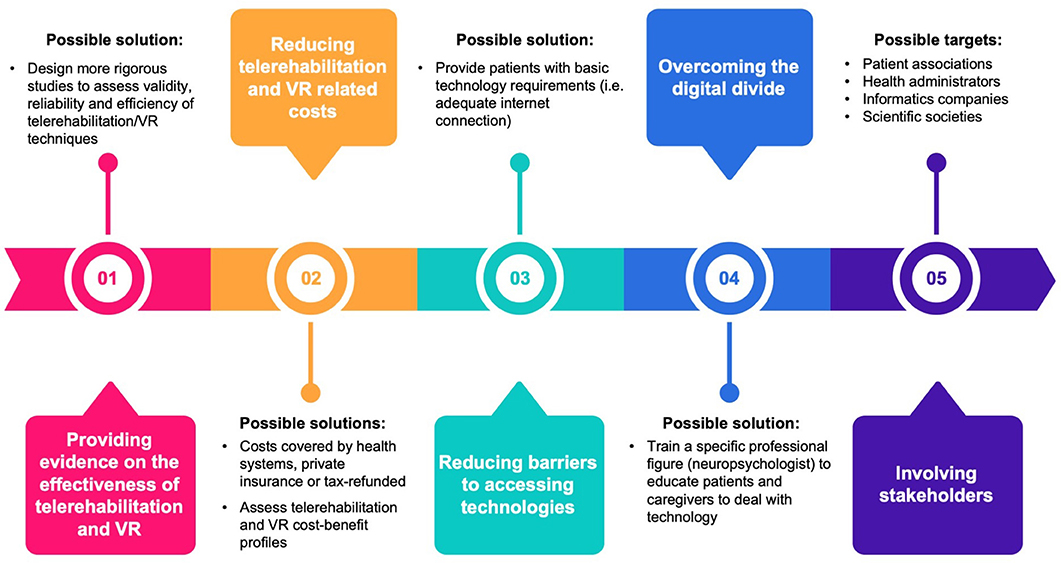Introduction:
Heroin addiction is a pervasive and really serious concern inside our society. This report is designed to reveal the considerable impact of heroin addiction, its causes, consequences, together with available treatments. By exploring this complex topic, we hope to educate readers and motivate precautionary measures to fight the damaging effects of heroin addiction.
 Factors:
Factors:
Several elements subscribe to the introduction of heroin addiction. One major cause could be the boost in the availability of inexpensive and powerful heroin on the market. This permits people to experiment with the drug and finally get into a cycle of addiction. Furthermore, individuals with a history of other substance abuse, including prescription opioids, tend to be more susceptible to establishing a heroin addiction. Socioeconomic aspects, including poverty and lack of access to knowledge and resources, additionally perform a substantial role in fueling addiction.
Effect and effects:
Heroin addiction features far-reaching effects on individuals, people, and communities. Bodily, it poses severe health threats, including breathing depression, folded veins, and organ harm. The possibility of overdose can also be somewhat greater with heroin use. Psychologically, obsession with heroin can result in severe despair, anxiety, and alterations in character, often pressing people into a state of continual desperation.
The ripple aftereffects of heroin addiction expand to people and communities. Interactions come to be tense, trust is eroded, and assistance methods disintegrate. Households usually endure financial hardships as they try to secure high priced rehab chiang mai remedies. In communities affected by heroin addiction, criminal activity prices will rise, as people turn to unlawful tasks to invest in their particular addiction.
Treatment Plans:
Dealing with heroin addiction calls for a multifaceted method. Detox, step one, helps individuals overcome real reliance upon the medication. Medications such as for example methadone, buprenorphine, and naltrexone help with managing detachment symptoms, decreasing cravings, and stopping relapse. Behavioral treatments, like cognitive-behavioral therapy (CBT) and contingency management, work well in addressing the mental components of addiction and helping people develop healthy dealing mechanisms. In addition, organizations and aftercare programs supply people with the ongoing help they have to preserve a drug-free life style.
Protection:
Avoidance plays a vital role in addressing the heroin addiction crisis. Knowledge towards risks and effects of heroin use must be integrated into college curriculums, raising awareness from an earlier age. Communities and health providers must also come together to improve use of substance abuse therapy services and support services. Implementing harm decrease techniques, such clean needle change programs and naloxone circulation, can help to save everyday lives and minimize the bad effects on communities.
Conclusion:
Heroin addiction is an evergrowing crisis that demands instant attention. By comprehending the causes, consequences, and treatment options, we could develop effective methods of combat this destructive epidemic. Prevention attempts, along with extensive therapy programs, are very important in breaking the pattern of addiction and assisting individuals reclaim their life. It is crucial that society addresses this dilemma collectively, prioritizing training, empathy, and support for those suffering from heroin addiction.
